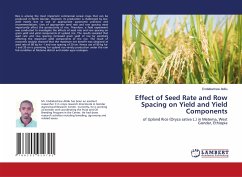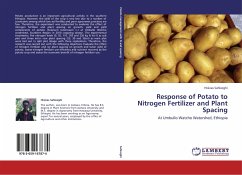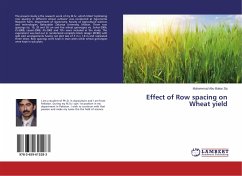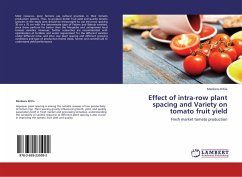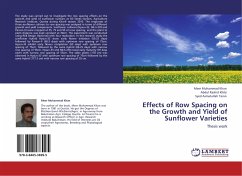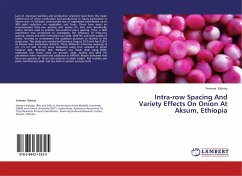Rice is among the most important commercial cereal crops that can be produced in North Gondar. However, its production is challenged by low yield mainly due to lack of appropriate agronomic practices and recommendations. Uses of appropriate seed rate and row spacing most importantly affect the productivity of rice. Therefore, a field experiment was conducted to investigate the effects of seed rate and row spacing on grain yield and yield components of upland rice. The results revealed that seed rate and row spacing increased grain yield of rice by positively affecting the important yield components of the rice. The result of economic analysis showed that the maximum net benefit was obtained at seed rate of 80 kg ha -1 and row spacing of 20 cm. Hence use of 80 kg ha-1 and 20 cm is promising for upland rice variety production under the rain fed condition at Metema district and similar agro ecologies.
Bitte wählen Sie Ihr Anliegen aus.
Rechnungen
Retourenschein anfordern
Bestellstatus
Storno

